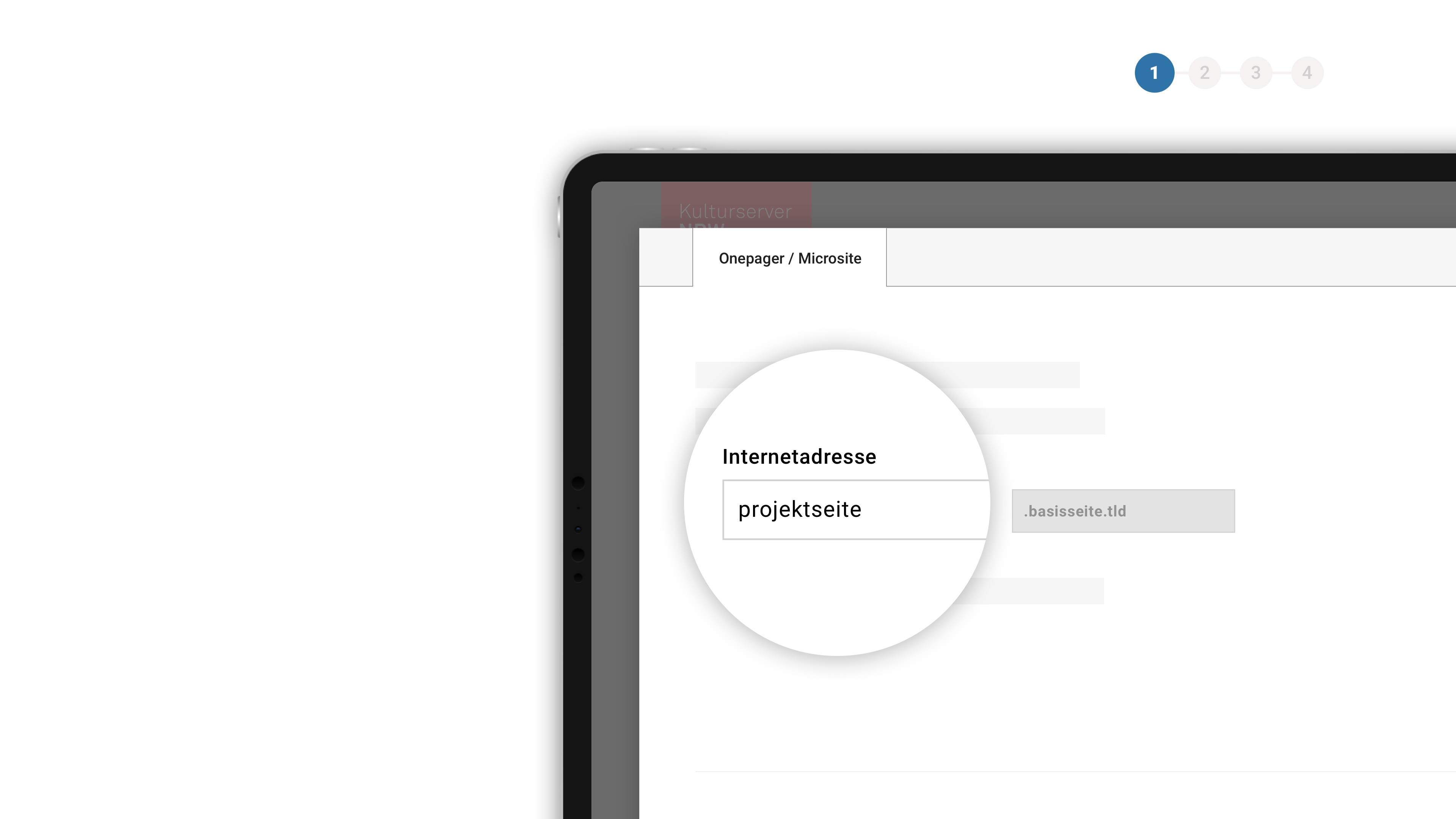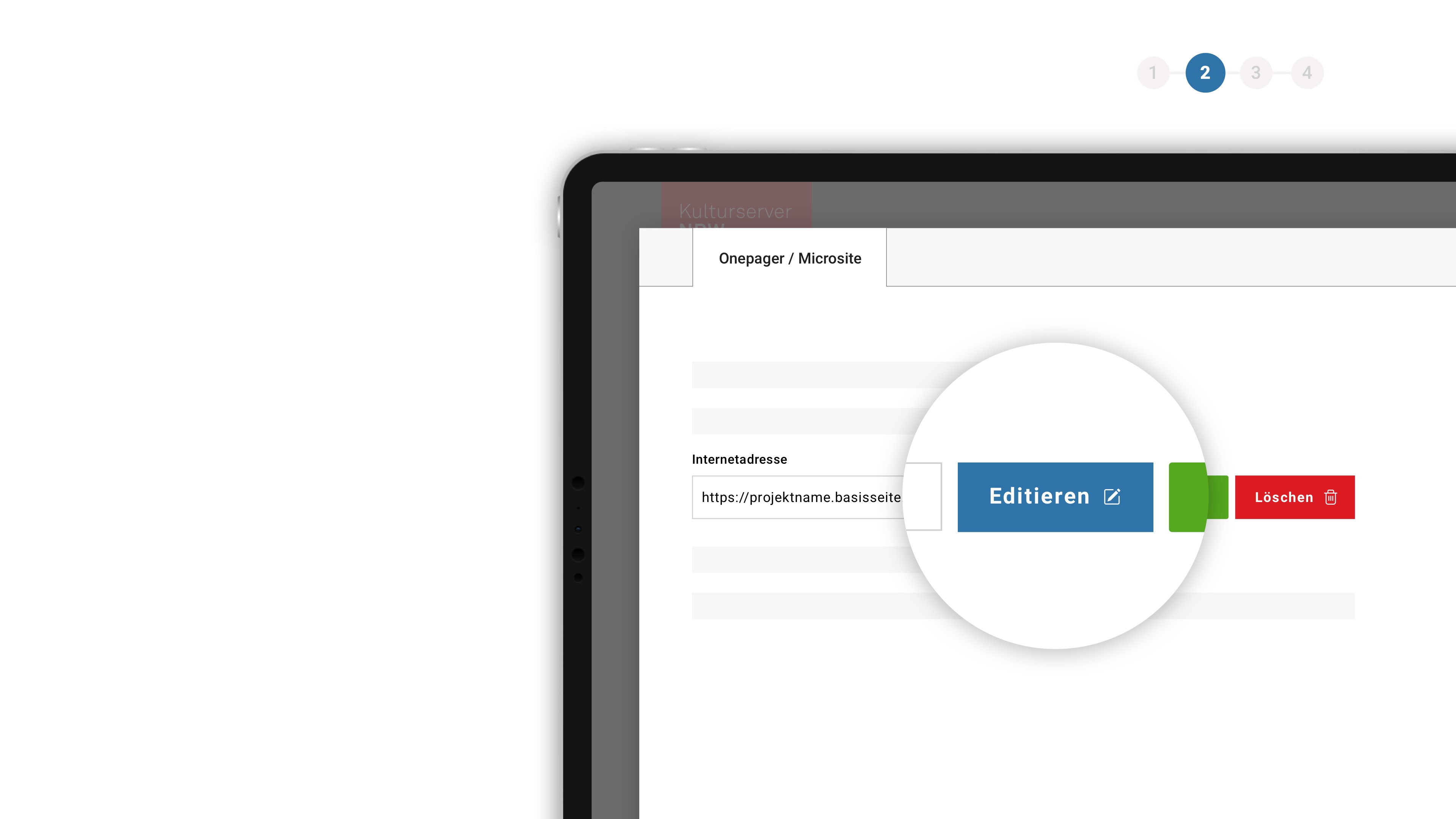Summe der Erfahrung - Deutsche Oper Berlin
Sum of experience
Sir Donald Runnicles in conversation with Jörg Königsdorf
Jörg Königsdorf: Each of the four parts of the RING has its own sound world. How would you describe the sound of TWILIGHT OF THE GODS?
Sir Donald Runnicles: As we know, at the end of Act Two of SIEGFRIED Wagner first of all pressed the stop button and it was only after TRISTAN and the MASTER SINGERS that he took up work again on Act Three and TWILIGHT OF THE GODS. He evidently knew that he wasn’t yet up to the challenges that would present themselves in this final part of the tetralogy. That’s because the RING as it progresses becomes more and more symphonic, in the sense that the motifs we know continue to develop, as the characters in the drama get caught up in ever more complex situations. I think it’s fairly unique that a composer who has the entire text of a piece already in front of him, admits to himself that his musical language is not yet sufficient for the ending. Not only do the endings of SIEGFRIED and TWILIGHT OF THE GODS become increasingly dense and contrapuntally complex, but above all there is a fusing together of the various motifs into a dramaturgically convincing and concentrated whole. This can certainly be compared with the finale problem that confronted composers of the late 19th century like Mahler and Bruckner in the symphony: to present in the finale a formal but also conceptual synthesis of the preceding development. Ultimately this aspiration goes back, of course, to Beethoven’s Ninth – a work that Wagner often conducted.
Jörg Königsdorf: Can you give an example of this increasing density?
Sir Donald Runnicles: Take the orchestra before “Rest, rest now, o god” in Brünnhilde’s closing oration. Brünnhilde here takes leave of her father and knows that the responsibility now lies entirely on her shoulders. Within a few bars we hear the whole of Wotan’s life, like it’s passing before us. Added to that, of course, is the fact that the orchestra often knows more than the protagonists, and constantly supplies us with a subtext to their actions and often reveals their subconscious. A good example is Siegfried’s recollection scene in Act Three of TWILIGHT OF THE GODS. The drink that Hagen gives him causes him to remember his past little by little. In the orchestra we hear the motifs that we know from the corresponding passages in the RING, but here Wagner changes the key. By doing so he achieves an effect that resembles the gradual lifting of a veil. At the beginning of the act, in the scene with the Rhinemaidens, F major is still dominant and is responsible for the hunting atmosphere. Then Hagen and his fellow huntsmen burst in with their E major. But from the moment Siegfried’s recollection begins, we pass through several keys, almost as though he was rather dizzy and really was inebriated by Hagen’s drink. Then it goes via B major to A major, which is reached in the moment he remembers Brünnhilde and his love for her. And whereas, before this, the themes and keys succeed one another, emphasizing the processual nature of recollection, now all this fog suddenly disperses and we have purity and clarity in which the Brünnhilde motif alone shines out.
Jörg Königsdorf: The sound world of TWILIGHT OF THE GODS changes with the appearance of the chorus. What effect does that have on the orchestral language?
Sir Donald Runnicles: While the music of the previous parts described gods and dwarves, mythical and folk-tale elements, in TWILIGHT OF THE GODS Wagner goes out among people. And that most of all means that the music becomes much more aggressive, brutal – indeed positively intimidating, if you think of Act Two. The barbarism of the people that are shown there is frightening. But of course there’s also the gloss finish of the Grand Opéra of Meyerbeer, which rubs off paticularly in the ensemble scenes of Act Two. And that, too, is done in a very ingenious way by Wagner: he employs the stylistic devices of Grand Opéra, the pomp and circumstance with which 19th century society here celebrates itself, to hold a mirror up to that society, in which it sees a none too positive image of itself. Contrasting with those scenes, however, there are also long passages in TWILIGHT OF THE GODS that are quiet and intimate and very lightly orchestrated. These – as frequently in the RING – are passages of remembering and retrospection which have an intensely nostalgic feel. That begins with the Norns’ “Do you know how it was?” and continues for instance in the Waltraute scene. These are attempts to call to mind once more a world that long ago ceased to exist. But at the same time these memories are necessary in order to be able to look to the future and become aware, very much like in therapy, in which what has been experienced has first got to be processed. It’s in Act Two of the piece that we finally arrive in the present. Here, with massed brass, the cold grandeur of the Gibichung world takes on a military, violent aspect.
Jörg Königsdorf: Wagner supplies no metronome markings for the RING. How do you find the right tempo?
Sir Donald Runnicles: Yes, just as in TRISTAN and the MASTER SINGERS he only gives indications about the character of the music like “solemn” or “lively”. I think there are several reasons for that. Firstly Wagner, who was of course a successful conductor, was certainly aware that the choice of tempo always depends on the circumstances of the performance. But much more important is what he signalled by that. Namely, in Wagner there is not one fixed tempo; instead he requires conducting that responds flexibly to the scene and the language. Wagner always wrote his music for the stage and saw a performance as one whole unified event. Metronome marks would have been much too tight a corset for him.
Jörg Königsdorf: The staging by Stefan Herheim is extremely precise – even the smallest gestures coincide exactly with the music. Doesn’t this create just such a corset?
Sir Donald Runnicles: Of course the final product is the result of an interaction. For me it’s very inspiring to follow Stefan Herheim’s meticulously detailed directing – I really soak it up. But that mustn’t lead to the music trying to exactly duplicate the scene. That would be the precise opposite of what Wagner intended, because as already mentioned the orchestra is often concerned with subtexts and with things that lead beyond the characters. But something else comes into play as well: a quick tempo is not defined by its absolute speed, but simply by how quick it is compared to passages that precede and follow it. No tempo exists in isolation. Instead every tempo is the result of transitions that I have to effect in an organic way. Which means that, as the conductor, I have to implement what the scene requires; that the impression of greater urgency has to come from raising the tempo. And there’s always enough leeway to achieve that effect.
Jörg Königsdorf: So for you it’s also a question of tracing a wide arc?
Sir Donald Runnicles: What it’s about for me is establishing, as it were, an organic relationship between inhalation and exhalation. That’s the only way to generate the pull and the tension across a wide span that Wagner wanted to achieve on an orchestral level. It’s impossible to pinpoint that in any specific passages. Although I’ve been conducting the RING for three decades now, I don’t do anything deliberately differently today compared to before. Tracing a wide arc is more the slowly accumulated product of experience – and this experience has also led to me “doing” much less now than I did before; for example, I subdivide the beat much less when I conduct, because I know I can trust the musicians. When conducting I use a score that is virtually free of markings, because I want to bring out what’s in the score – and not what I think about it. With the score of the RING that I used as an assistant, it became so full of markings written in it that I would conduct the markings more than the text itself. The older I get, the more I realize that everything that matters is actually already there. Incidentally the same is true of the dynamics: with the RING you hardly need to make any adjustments, and can be confident that a good sound balance will result if everyone listens to each other.
Jörg Königsdorf: And you ensure that everyone listens to each other.
Sir Donald Runnicles: As a matter of fact, conducting isn’t just interpreting. Most of all it means coordinating: deciding who occupies which position in the acoustic fabric of a scene, who reacts to whom. If – as in this house – the horns sit on the left in the orchestra pit and the other brass instruments on the opposite side, then that means among other things that the two groups don’t hear each other that well, especially since the whole string section is positioned between them. It’s my job then to make sure they play together and to adjust the dynamic balance. Very much like a sound engineer.
Jörg Königsdorf: When you were growing up, Karajan and Böhm, Solti and Boulez were the lodestars in the Wagner firmament. Who influenced you the most?
Sir Donald Runnicles: After I had heard my first RHINEGOLD as a schoolboy of sixteen, it was naturally my most fervent wish to own a complete recording of the RING. I saved up my pocket money until I could afford to buy the recording with Solti and the Vienna Philharmonic. In those days you had these fantastic, really lovingly produced LP box-sets, and I listened to that recording over and over again. When I then had the opportunity to be an assistant to Solti on the RING at Bayreuth in 1983, a dream came true! What I still admire about his recording is the tight control of structure and tempi as well as the plasticity and gestural vividness of the orchestral sound: the orchestra told the story so graphically that you had the feeling of being right there in the theatre. It sounds all of a piece. That recording remains my favourite to this day.
Jörg Königsdorf: Is beauty of sound actually a danger?
Sir Donald Runnicles: The temptation is perhaps to want everything to sound beautiful. But in music theatre, beauty is not there for its own sake, but instead, like all sounds, it carries meaning. There are passages like the famous E major moment in Wotan’s farewell before the word “farewell” – that simply has to sound beautiful. Strong and beautiful and full of love. Or Brünnhilde’s “I was eternal” at the end of SIEGFRIED, again in E major – that needs a gorgeous, rich string sound. It’s only important that every sound we produce has a meaning and is justified with respect to the work; that the different aspects of human nature may be manifested in beauty just as in brutality or bravado.





